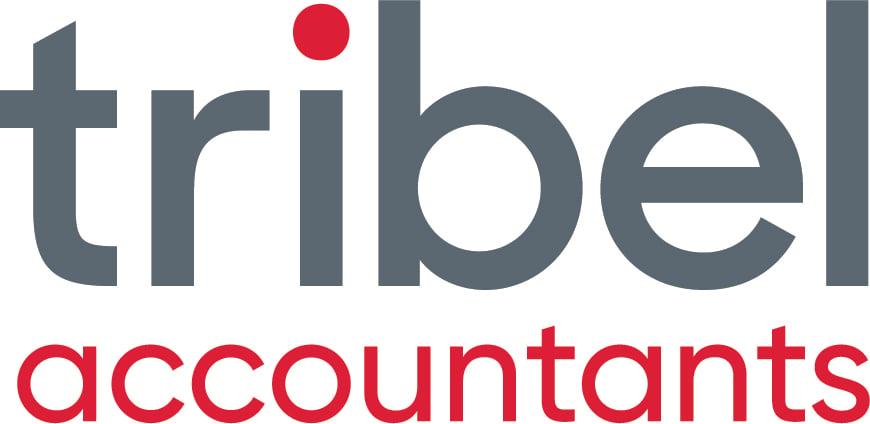INTRODUCTION:
Let's face it, no matter what type of business you might be, the more efficient your productivity is, the more likely you will succeed to get higher profitability. As a small business accountant it's important to remind business owners to have a set of KPIs around 7 critical areas.
Quantification unmasks problems and suggests solutions. Keeping track of and measuring will see you take appropriate action in the right areas to obtain business improvement. Michael Gerber in his book E-Myth Mastery tells us of the importance to review the following areas listed below.

Figure 1: Being more productive will make you and your team much happier.
1. Production Volume
- #Units produced - the number of products manufactured or assembled into finished goods during the period. Professional service businesses (such as small business accountants Sydney and Dubbo) will measure completed jobs;
- Production capacity - number of finished units you are capable of producing;
- Production utilisation - % of capacity utilised during the period (units produced divided by production capacity).
2. Downtime
- Hours downtime - number of hours that production was interrupted and unable to operate for any reason.
3. Production Quality
- Rejects (#) (%) - number of units rejected due to poor quality;
- Rework (#) (%) - number of products that were rejected but repaired or reworked to make them saleable. Reworked items as a percentage of total units produced.
- Waste - (#) (%) - select important materials in the production process and measure the amount of waste that has to be discarded or sold as scrap.

Figure 2: Keeping track of production makes sense & will increase cash flow & profits. Business valuers Sydney will be able to scale up business valuations if these numbers are strong.
4. Inventories
- Finished Goods (#) ($) - the amount and dollar value (cost based value) of finished goods on hand;
- Work In Progress (#) ($) (days) - the number of partially finished goods on hand;
- Raw Material Components (#) ($) (days) - the amount and dollar value of raw material components and the number of days these will last before inventories would run out if not supplied (divide the number of units on hand by the number of units required for one day's production);
5. Backlog
- Backlog (#) - number of units on order but not yet produced or available for shipment. For non-manufacturing companies such as law firms, architects or a small business accountant Sydney, the work that has been committed to clients but not started;
6. Productivity
- Labour Productivity (units/worker/day), (Units/man-hour) - amount of production obtained by the labour force;
- Machine productivity (units/machine-hour), (units/plant operating hour) - amount of production obtained from machines and technology.
7. On-Time Performance
- On-time delivery (%) - occurrence of late delivery of promised products or services;
- Late Delivery (%) - measure deliveries that are late;
- Average Time Delivered Late (avg min/hrs/days) - average duration of time before delivery is made. Target should be zero occurrences of late delivery.
CONCLUSION:
Whatever your type of business it will always involve some production and delivery. If you measure these key performance indicators each month, as these improve watch what will happen to your profits and cash flow and then model these improvements into your what-if scenario three way budget and cash flow forecasts.
Mark Twain once said "There are three kinds lof lies: lies, damned lies and statistics". Some feel this way about quantification but the reality is if you want improvement and insight into what needs to be fixed then you need to measure.
Over to you now.


.png?width=100&height=100&name=COVID_Safe_Badge_Digital%20(002).png)




